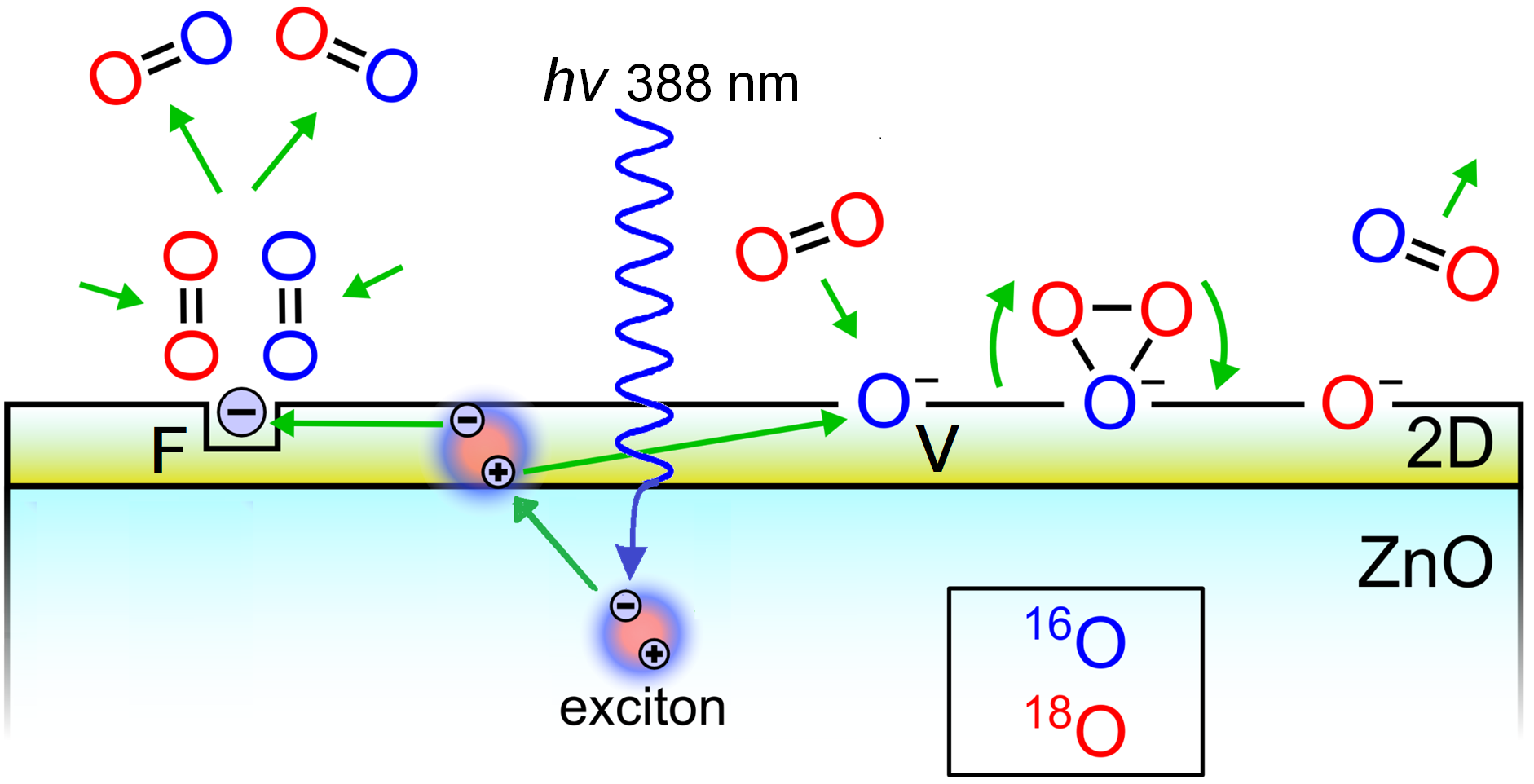Found 1 results
Article
31 August 2023Potential Role of Exciton in Photocatalysis
This article commemorates the outstanding Russian scientists E.F. Gross and A.N. Terenin. It revisits their successors’ efforts to develop Terenin’s idea of using excitons, discovered by Gross, for photocatalytic redox reactions on wide-gap semiconductors. Terenin proposed ZnO as the subject of study. To explore the possibility of replacing photogenerated electrons and holes in a redox reaction by an exciton being a quasi-neutral particle, the test reaction of the photoactivated oxygen isotope exchange (POIE) was studied. It was found that many years of initial unsuccessful attempts were due to the fact that the exciton energy is spent on luminescence. In our experiments, the excitons decayed non-radiatively, and the long-lived electron-donor F-type and hole V-type active centers were formed by creating the 2D surface nanostructure ZnO/ZnO1−x/O−. These centers allowed to obtain the reaction efficiency 5–8 times higher than with the interband transitions. Thus, the developed 2D surface nanostructure ZnO/ZnO1−x/O− resolved the problem of using an exciton in photocatalysis and demonstrated the perspective of this nanostructure as an efficient photocatalyst.
